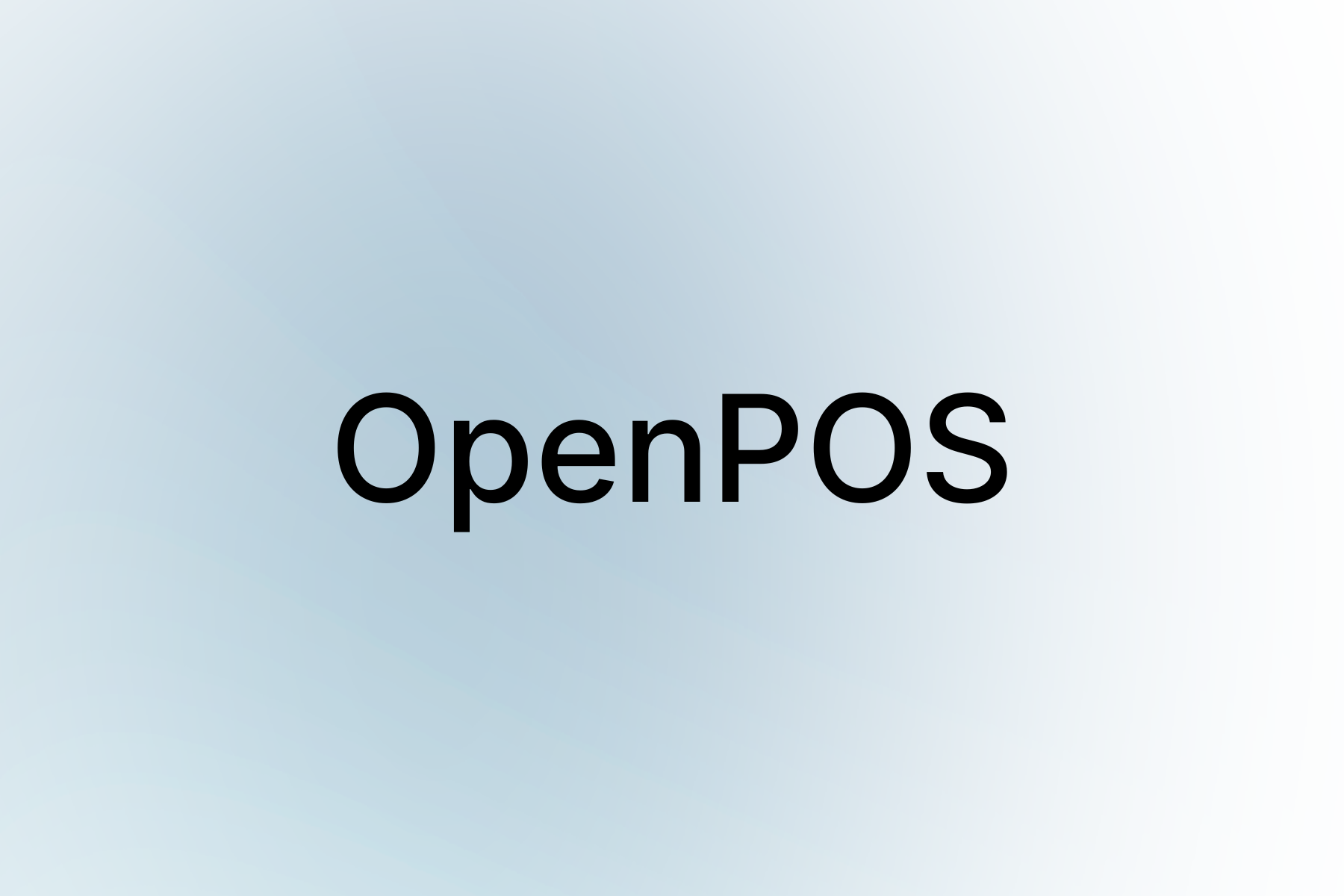AI‑Native Browsers: Atlas vs. Comet, Google’s Response, and the Endgame of the Web
A deep research essay on OpenAI’s Atlas, Perplexity’s Comet, how Google may respond with Gemini + Chrome, and what this shift means for SaaS, startups, and the web’s foundation.
TL;DR
- Atlas (OpenAI) and Comet (Perplexity) inaugurate the agentic browser era: the address bar becomes a task bar, and “search → click → act” compresses to “do this for me”.
- Google holds the strongest hand (Chrome + Search + Gemini + Android + Workspace). Expect rapid agent features inside Chrome and a new class of “action monetization”.
- Impact: the web pivots from pages to actions. Winners are services that are agent‑callable (structured data, deep links, APIs). Traditional SEO/SEM becomes AI‑SEO and Agent Distribution.
Part I — What’s New: Atlas vs. Comet
Atlas (OpenAI)
- Chromium‑based browser with ChatGPT embedded natively (summarize, compare, extract, analyze).
- Agent Mode: multi‑step task execution on websites (e.g., find, fill, book, purchase).
- Mac first; broader platform rollout expected. Tight coupling with ChatGPT identity/history.
Comet (Perplexity)
- Assistant‑oriented browser that emphasizes background automation and task continuity.
- Shipped early; now generally available with a free tier to widen funnel for Perplexity usage.
- Ambitious agent UX raises permission, reliability, and prompt‑injection safety considerations.
Why this matters
Browsers are becoming agent runtimes. Instead of you navigating to sites and forms, an agent interprets intent, plans a sequence, and executes it across the open web. This rewires discovery, conversion, analytics, and monetization.
Part II — Google’s Likely Response (Strategy & Tactics)
Google has unmatched assets: the most‑used browser (Chrome), the dominant discovery engine (Search), a competitive frontier model (Gemini), mobile distribution (Android), collaboration suite (Workspace), and payments/identity rails (Google Pay, Sign‑in). Expect a fast, integrated response:
Strategic Imperatives
- Defend the platform: keep Chrome the daily surface; fold agent features into default Chrome flows.
- Search → Agentic: shift from “answers” to “actions”; unify Gemini with Chrome navigation.
- Monetize actions: evolve ads/affiliates into action cards and agent placements.
- Leverage ecosystem: Android, Maps, YouTube, Gmail/Calendar give cross‑context superpowers.
- Enterprise trust: admin policy packs, audit trails, least‑privilege scopes for agent actions.
Tactical Moves
- Accelerate Gemini‑in‑Chrome (summarize, plan, fill, book) on desktop & mobile.
- Promote a Chrome Agent API for third‑party SaaS to expose task endpoints.
- Deepen Google Pay & Identity in agent flows for frictionless checkout.
- Launch Agent Safety features: injection guards, confirmation UX, transparent logs.
- New ad units: Action Ads—sponsored, high‑trust tasks directly invokable by Chrome.
Part III — The State Change: From Pages to Actions
We’re moving from human‑driven click paths to agent‑driven task execution. Practical consequences:
- Discovery compresses: fewer SERP clicks; more direct invocations of trusted providers.
- Attribution blurs: conversions happen via agents, not landing pages; new telemetry needed.
- UI loses primacy: your beautiful funnel matters less if agents bypass it for APIs/deep links.
- Trust & policy surface: permissions, auditing, reversibility become product features.
Agent Readiness Score (self‑assessment)
- Are your core user actions (search, quote, book, buy) exposed as stable APIs or deep links?
- Is key business metadata (hours, fees, inventory, SLAs, policies) available as structured data?
- Do you support idempotent create/update endpoints to prevent duplicate actions?
- Can you provide actionable errors that agents can remediate automatically?
- Do you maintain audit trails & confirmations for high‑risk operations?
Part IV — Implications by Persona
SMBs & Local Commerce
- Publish menus/inventory/hours as schema.org; keep it current and unambiguous.
- Offer pre‑filled cart deep links and one‑time pay links (e.g., Stripe) for agent checkout.
- Provide a “talk to human” escalation (voice/SMS) agents can surface mid‑flow.
Developers & Product Teams
- Build a browser‑agent adapter: navigation, form‑fill, retries, safety checks.
- Harden against prompt injection; adopt allow‑lists and least‑privilege scopes.
- Observability: screenshot/DOM‑diff logs and rationale trails for debug & compliance.
Growth/SEO Leaders
- Shift from “rank” to callability: speed, semantics, explicit action endpoints.
- Create machine‑readable policy docs (fees, cancellations, delivery zones).
- Tag and measure agent traffic distinct from human sessions.
Part V — Market Scenarios (2–5 Years)
| Scenario | What Happens | Risks | Opportunities |
|---|---|---|---|
| Google Dominates | Gemini‑in‑Chrome becomes default agent; action ads + Chrome Agent API set the standard. | Platform dependence; policy risk; pay‑to‑play agent placement. | Huge reach; single integration unlocks global demand. |
| Multi‑Browser Coexistence | Atlas, Chrome, Comet, and others interoperate; agent standards emerge. | Fragmentation; duplicated work; uneven safety guarantees. | Room for neutral “agent middleware” and verticalized action providers. |
| Open Agent Marketplace | Task directories and certs allow any agent to invoke any service safely. | Hard governance; spam/adversarial agents. | Best services win on merit; lower platform tax. |
Part VI — The Endgame (5–10 Years)
- Browsers become OS‑level agents: tabs fade, task orchestration dominates.
- Search becomes execution: the top “result” is the best action provider, not a link.
- SaaS shifts: from “app UIs” to agent‑invokable capabilities + audit & policy layers.
- Monetization transforms: commissions, agent placements, and certified task providers.
- Regulation refocuses: from search ranking to task mediation and agent safety.
What to Build Now
- Capabilities, not just pages: expose book/buy/modify/cancel as stable APIs.
- Policy endpoints: machine‑readable rules for fees, SLAs, inventory, and hours.
- Agent safety kit: allow‑lists, rate limits, reversible actions, human review gates.
- Agent analytics: measure intent resolution time, correction loops, and agent success rate.
Appendix — Atlas vs. Comet (Snapshot)
| Dimension | Atlas (OpenAI) | Comet (Perplexity) |
|---|---|---|
| Engine | Chromium | Chromium |
| Core UX | ChatGPT‑native browsing; Agent Mode | Assistant‑first; background automations |
| Availability | Mac first; others to follow | General availability; free tier |
| Monetization | Upsell to ChatGPT; potential action ads/affiliate | Free browser → Perplexity funnel; premium automations |
| Key Risks | Agent safety at scale; antitrust scrutiny | Permissions scope; injection; reliability variance |
© 2025-10-21 — You’re welcome to adapt or republish with attribution.


